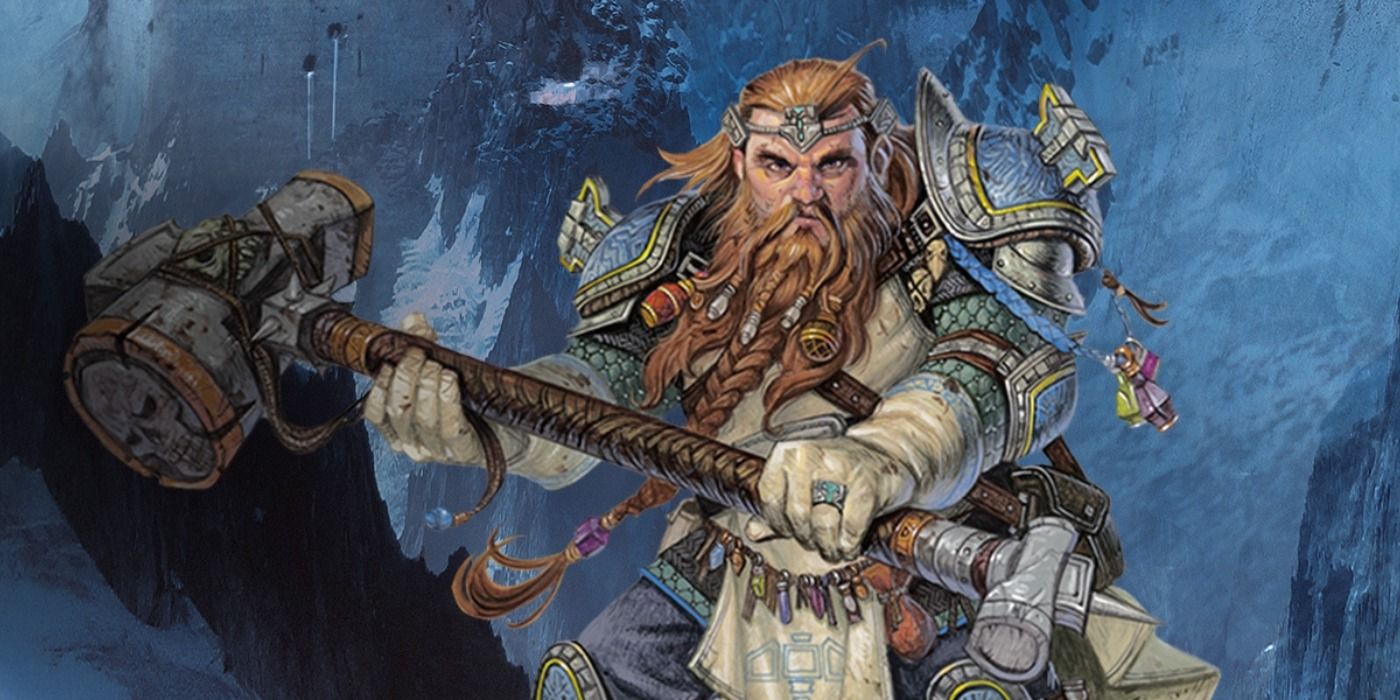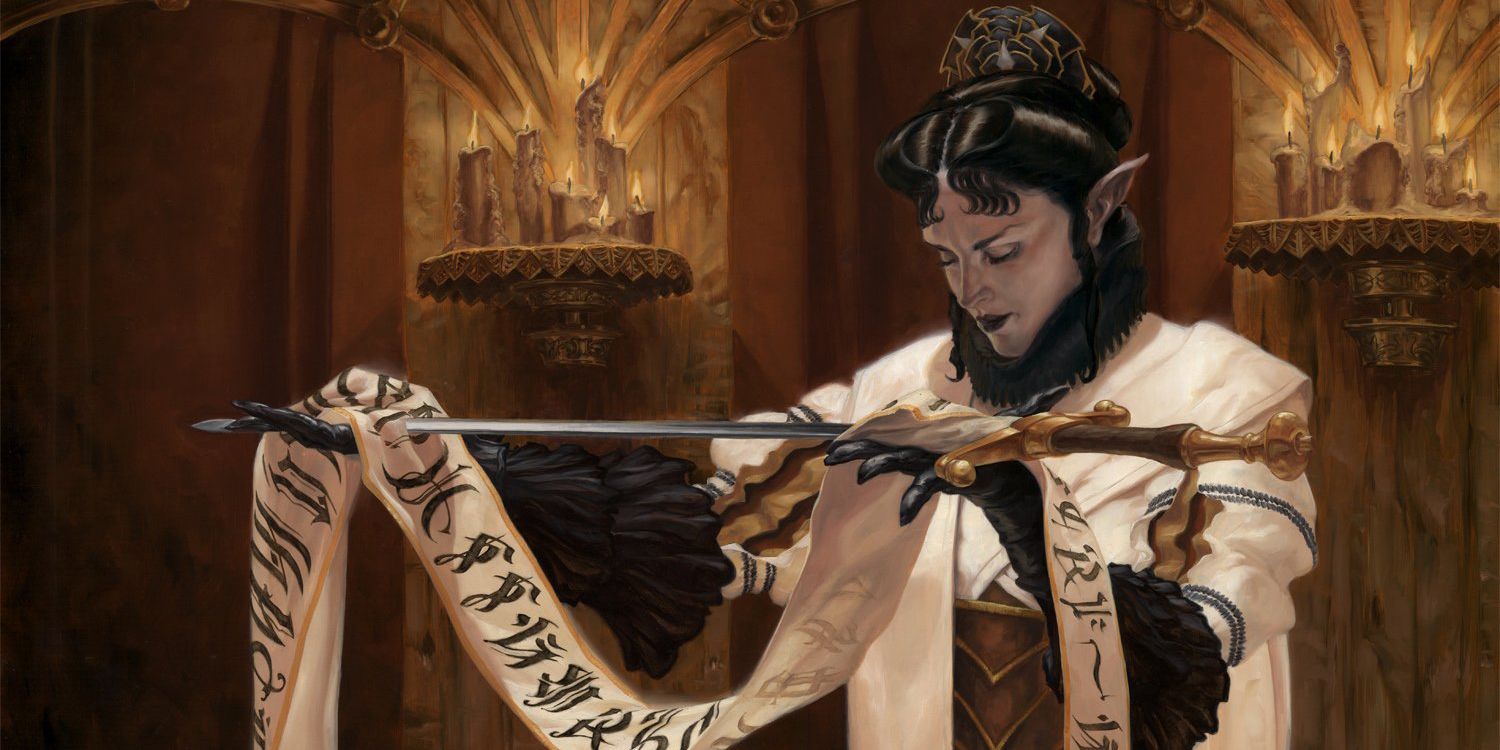The Bizarre Reason Why D&D Clerics Couldn’t Use Swords
There was a time when clerics in Dungeons & Dragons couldn’t use bladed weapons, due to a bizarre interpretation of a historical figure.
You Are Reading :The Bizarre Reason Why D&D Clerics Couldnt Use Swords

The early editions of Dungeons & Dragons had their fair share on nonsensical rules, but one of the most bizarre involved clerics being unable to use swords, based on a misconception regarding real-life medieval holy men. Clerics are the cornerstone of any Dungeons & Dragons party, as the ability to heal their allies is often the only thing keeping the group alive when facing the hordes of evil.
Players who become effective healers in Dungeons & Dragons games will quickly earn a lot of friends at the table, but there is more to the cleric class than just sewing up wounds with magic. Clerics are primary spellcasters, with an arsenal of magic that can rival that of their arcane cousins. The holy/unholy powers at the command of a cleric allow them to turn undead monsters to ash, or bind them to their will and force them into servitude. Clerics can clothe themselves in armor without it affecting their spellcasting abilities, and they can enter combat in a pinch in order to administer some holy wrath into the skulls of the non-believers.
Clerics have a lot going on for them, but they had a weird restriction in the older editions of the game. One of the early Dungeons & Dragons rules that made no sense involved clerics not being able to use bladed weapons. According to the Player’s Handbook in Advanced Dungeons & Dragons (quoted below), this was due to clerics not wanting to shed unnecessary blood.
“Clerics are sturdy soldiers, although their selection of weapons is limited. They can wear any type of armor and use any shield. Standard clerics, being reluctant to shed blood or spread violence, are allowed to use only blunt, bludgeoning weapons”

There are two major problems with this reasoning. The first is that this rule applied to all clerics, regardless of their god. This meant that clerics who worshipped the god of murder were reluctant to shed blood. The second problem is that bludgeoning weapons are still likely to cause bloodshed, as bashing someone’s head in with a mace is hardly more peaceful than cutting them with a blade.
On the surface, it might seem that this rule was created for balance reasons, as clerics could already fill many roles in Dungeons & Dragons. However, it turns out that the rule exists due to a historical figure known as Odo of Bayeux. Odo was the Bishop of Bayeux and he fought during the Battle of Hastings. A picture of Odo can be seen on the Bayeux Tapestry, where he is shown leading men into battle while wielding a club. According to The Evolution of Fantasy Role-Playing Games, there was a misconception that Odo fought with a mace in order to avoid shedding blood, as he had sworn a vow of nonviolence. It’s unlikely that this is the case, but the apocryphal story regarding Odo’s actions seemingly inspired several generations of clerics in Dungeons & Dragons.
Thankfully, the weapon restriction rule was removed from Dungeons & Dragons in the third edition of the game. Starting with third edition, clerics could use any weapon they were proficient in using, though they often chose the one that was favored by their deity. Many good clerics still rocked the mace, hammer, or flail, as they were effective weapons against the undead, but Dungeons & Dragons no longer forced them to use these weapons due to nonsensical restrictions.
Link Source : https://screenrant.com/dungeons-dragons-class-clerics-blood-swords-mace-blunt/
